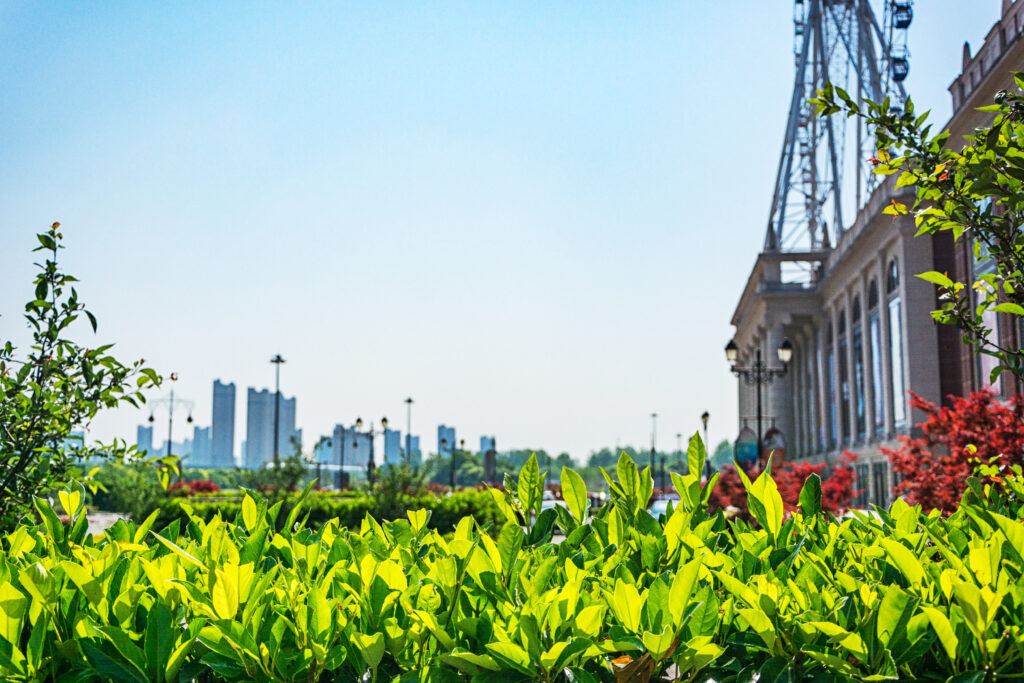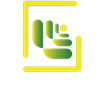Sustained Agriculture and Urban Agriculture: Developing Smart Cities

As the world becomes increasingly urbanized, cities face the challenge of ensuring food security, reducing environmental impact, and enhancing the quality of life for their residents. The integration of sustained agriculture and urban agriculture into the fabric of urban life offers a promising solution to these challenges. This blog explores how these agricultural practices contribute to developing smart cities, emphasizing their benefits, innovative approaches, and the roles they play in creating sustainable urban environments.
What is Sustained Agriculture?
Sustained agriculture, also known as sustainable agriculture, focuses on farming practices that meet current food needs without compromising the ability of future generations to meet theirs. It emphasizes ecological balance, resource efficiency, and social equity. Sustained agriculture involves crop rotation, organic farming, agroforestry, and permaculture, among other methods, to create resilient agricultural systems.
Benefits of Sustained Agriculture
- Environmental Stewardship: Sustained agriculture minimizes the use of synthetic chemicals and promotes biodiversity. Practices like crop rotation and polyculture enhance soil health and reduce pest outbreaks.
- Resource Efficiency: By using water-conserving irrigation techniques and renewable energy sources, sustained agriculture reduces the consumption of finite resources.
- Economic Viability: Sustainable farming methods often lead to lower input costs and greater resilience to market fluctuations and climate change, ensuring long-term economic sustainability for farmers.
- Social Responsibility: Sustained agriculture supports local communities by providing fair wages and safe working conditions for farm workers, as well as promoting local food systems.
Urban Agriculture: Integrating Food Production into Cities
What is Urban Agriculture?
Urban agriculture refers to the practice of cultivating, processing, and distributing food in or around urban areas. It includes community gardens, rooftop farms, vertical farming, and other innovative methods that utilize urban spaces for food production.
Benefits of Urban Agriculture
- Food Security: Urban agriculture enhances local food production, reducing reliance on external food sources and increasing food security, particularly in food deserts.
- Environmental Impact: Growing food locally reduces the carbon footprint associated with transporting produce from rural farms to urban markets. Urban farms also promote green spaces, which help mitigate urban heat island effects and improve air quality.
- Economic Opportunities: Urban farming creates jobs and supports local economies. It can provide entrepreneurial opportunities for city residents, from farmers to small-scale food processors and distributors.
- Community Engagement: Urban agriculture fosters community involvement and education. Community gardens and urban farms serve as hubs for social interaction, environmental education, and cultural exchange.
The Synergy Between Sustained and Urban Agriculture
Enhancing Urban Resilience
Combining sustained agriculture principles with urban agriculture practices enhances urban resilience. Sustainable methods ensure that urban agriculture is not only productive but also environmentally sound and economically viable. For example, using organic pest control methods and water-efficient irrigation systems in urban farms reduces the environmental footprint while maintaining high productivity.
Technology Integration
Policy Support
Local governments can support the integration of sustained and urban agriculture by implementing favorable policies. This includes providing grants and subsidies for sustainable practices, creating zoning laws that encourage urban farming, and establishing platforms for public-private partnerships. Policies that support rooftop gardens, greenhouses, and community gardens can transform urban spaces into productive landscapes.
Case Studies: Smart Cities Leading the Way
New York City, USA
New York City has embraced urban agriculture through initiatives like the Brooklyn Grange, a commercial rooftop farm that produces vegetables and honey. The city’s GreenThumb program supports community gardens, providing resources and technical assistance to gardeners. These efforts contribute to local food security and community engagement while reducing the city’s carbon footprint.
Singapore
Singapore, a city-state with limited land, has pioneered innovative urban farming solutions. Sky Greens, a commercial vertical farm, uses rotating towers to grow vegetables efficiently. The Community in Bloom program encourages residents to start community gardens, promoting urban greenery and food production. Singapore’s approach integrates technology and sustainable practices, making it a model for smart urban agriculture.
Copenhagen, Denmark
Copenhagen integrates urban agriculture into its sustainability initiatives with projects like the ØsterGRO rooftop farm, which supplies local restaurants and residents with fresh produce. The city also promotes green roofs and vertical gardens, enhancing urban biodiversity and reducing the urban heat island effect. Copenhagen’s holistic approach to urban agriculture is a key component of its smart city strategy.
Overcoming Challenges in Urban Agriculture
Space Constraints
Urban areas often have limited space for farming activities. Innovative solutions such as vertical farming, hydroponics, and aquaponics allow for high-density food production in small areas. Repurposing vacant lots, rooftops, and even walls for agriculture can maximize the use of urban spaces.
Initial Costs
Setting up urban agriculture projects can be expensive. However, public-private partnerships, government grants, and community crowdfunding can provide the necessary financial support. Investments in sustainable technologies, like energy-efficient LED lighting and renewable energy systems, can also reduce long-term operational costs.
Regulatory Hurdles
Urban agriculture may face regulatory challenges related to zoning, health, and safety. Streamlined regulations and supportive policies can facilitate the growth of urban agriculture. Cities can establish urban agriculture offices or task forces to address these issues and promote best practices.
The Future of Urban Agriculture in Smart Cities
Innovation and Technology
The future of urban agriculture lies in continued innovation and technological advancement. Automation, robotics, and AI will play increasing roles in optimizing urban farming. For instance, automated systems can handle planting, watering, and harvesting, reducing labor costs and increasing efficiency.
Community Involvement
Engaging the community is crucial for the success of urban agriculture. Educational programs, workshops, and farm tours can raise awareness and encourage participation. Urban farms can also partner with schools, restaurants, and local businesses to create a vibrant local food ecosystem.
Sustainable Urban Planning
Integrating urban agriculture into urban planning is essential for building sustainable cities. Urban planners can design neighborhoods with spaces for community gardens, greenhouses, and vertical farms. Green infrastructure, such as green roofs and walls, can support urban agriculture while enhancing urban resilience.
